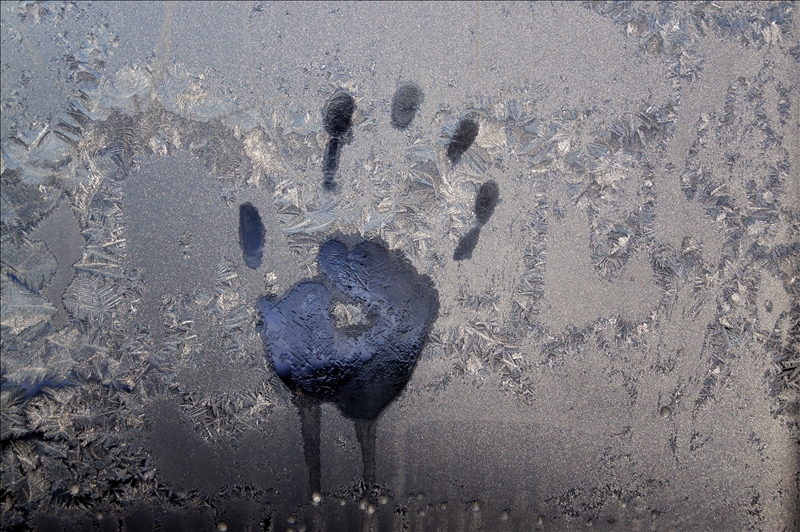I recently asked several people if they had ever heard of chilblains and everyone said no. I remember coming across the word a long time ago, in a book about England in the nineteenth century. Chilblains were common because England has a cold, damp climate and back then no one had central heating.
I thought “chilblains” was an old-fashioned term no longer in use, but in a comment on a piece I wrote about frostbite, Diana Page told me a different story. “Made me think also of chilblains,” she said, “which are often associated with cold temperatures and warming your extremities too quickly.”
Chilblains may be associated with cold temperatures, but Maine is wicked cold, as we say around here, and apparently chilblains aren’t all that common in our neck of the woods. Dr. Joel Sabean, who has been practicing dermatology in Maine since the late seventies, says he only sees one or two cases a year. Frostbite is far more common in Maine.
“You’re more likely to see chilblains in moderate climates,” says Dr. Sabean, “where it only gets cold sometimes and homes generally don’t have central heating — where people aren’t as acclimated to the cold as those of us who live up north.”
No matter where you live, when you’re exposed to the cold, your blood vessels narrow and when you warm up, they widen again. Chilblains can develop if you’re not used to the cold or if you warm up too abruptly. “For some people who warm up too quickly,” explains Dr. Sabean,” the rapid change can damage the nerves that tell blood vessels in the skin when to narrow and widen. When that happens a tiny bit of blood can leak out and cause symptoms related to chilblains.”
Symptoms
- Redness
- Itching
- Blisters
- Inflammation
- In some case, ulcers, which can become infected
Fingers, toes, cheeks, ears and noses are the most vulnerable areas for developing chilblains.
Remedies from the past
I did a little digging and discovered several interesting old-time remedies for chilblains.
- Make a poultice of mashed potatoes and turnips mixed with a little turpentine
- Soak your feet in a pot of warm urine
- Take a raw onion, cut it in half and then rub vigorously onto the tortured toe and then sit back till the throbbing abates
- Get a raw onion and put it up to the chilblain and leave it there for a couple of hours
- Get up early in the morning and run around in the dewy grass
- Go out into a boggy place and put your feet in the bog water
- Rub salt to them
- Go to a damp corner of the house and get a drop of paraffin oil and a quill and rub it lightly to the chilblain
- Get two pans of water – one cold and another hot. Put your leg into the cold one first for about five minutes. Then take it out and put it into the hot water for about ten minutes. Then take your leg out and it will be cured.
I don’t know if any of these remedies actually work — please let me know if you’ve got proof they do!
The current wisdom on treating chilblains
- Don’t scratch
- Keep warm, but avoid direct heat
- Use a topical steroid cream to help with itching and reduce swelling
If your chilblains get infected, you might need to take an antibiotic.
Prevention is the best treatment
Unfortunately, if you get chilblains once you’re likely to get them again and again. Babies can outgrow them, but not adults. Certain prescription medicines can help stave off recurrences, but Dr. Sabean says the best treatment is prevention and the best prevention is the same advice for protecting yourself against frostbite.
- Avoid or limit exposure to the cold
- Bundle up in layers
- Wear mittens and two pairs of socks
- Cover your head and ears and nose — all exposed areas
- Rewarm chilled skin gradually
- Just use common sense if you’re going out in the cold,” says Dr. Sabean.
So … had you ever heard of chilblains before? Maybe we both learned something new.


So fascinating! I have long read the word, but never had any idea what it was! Thank you! And the remedies — priceless.